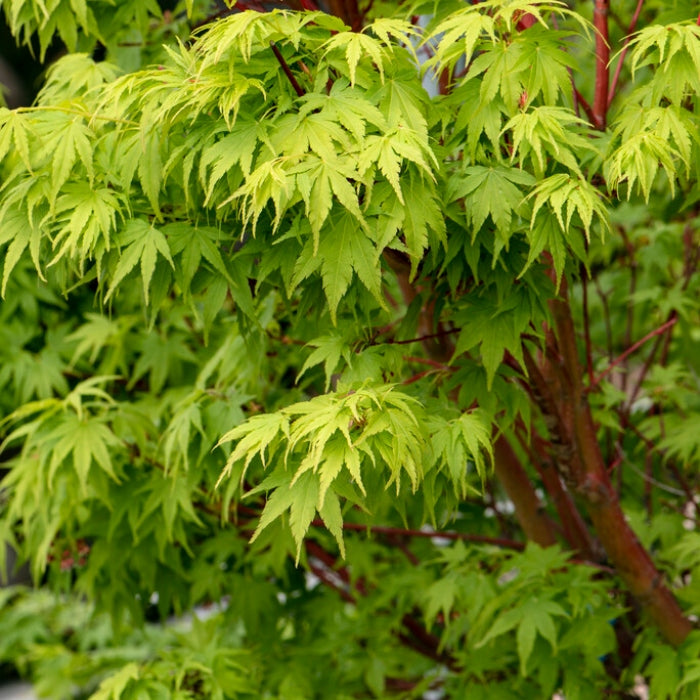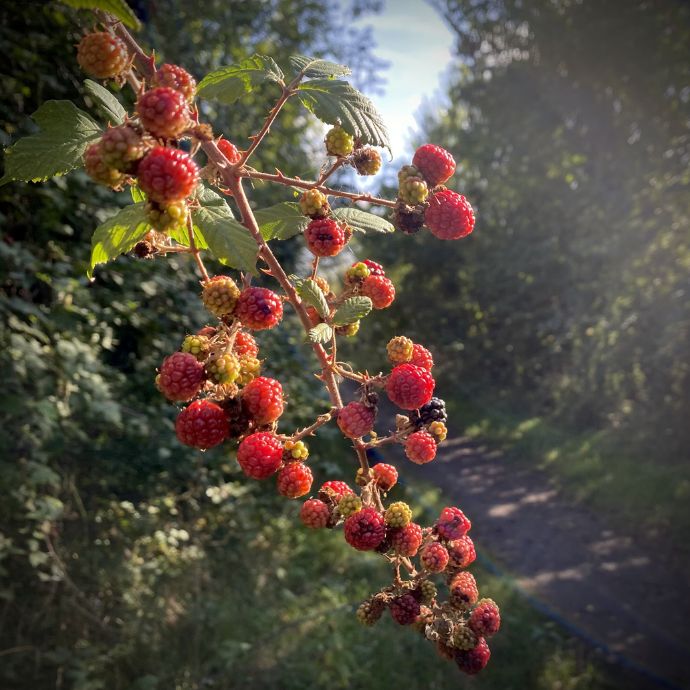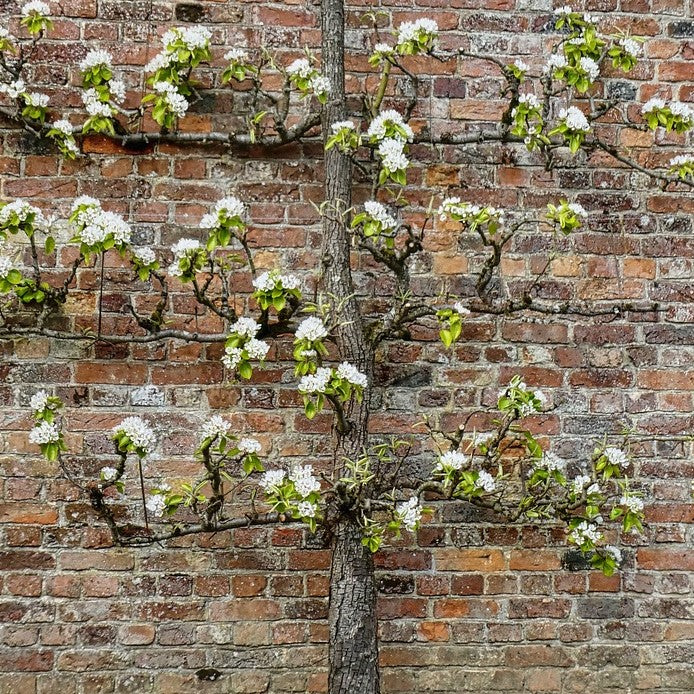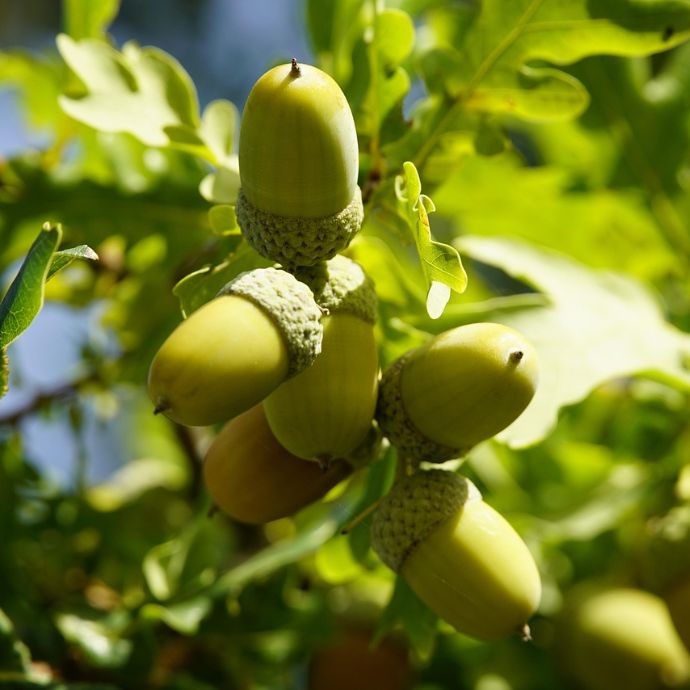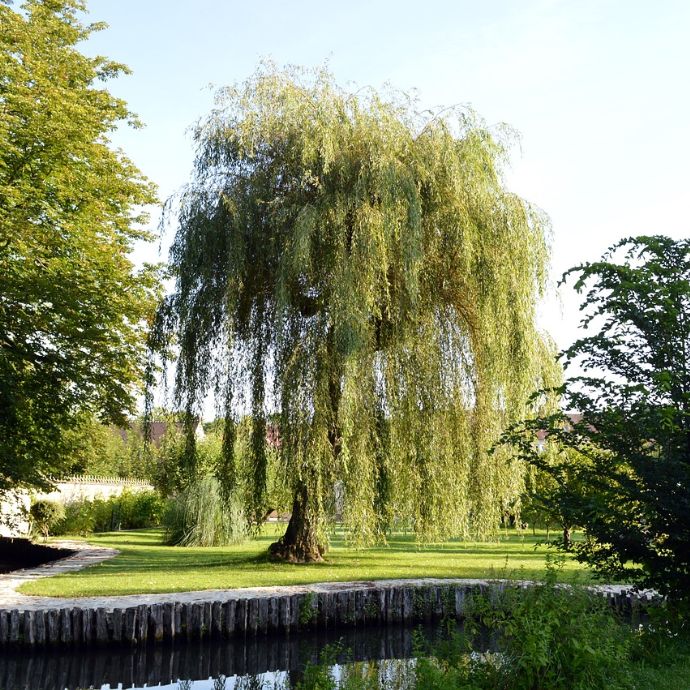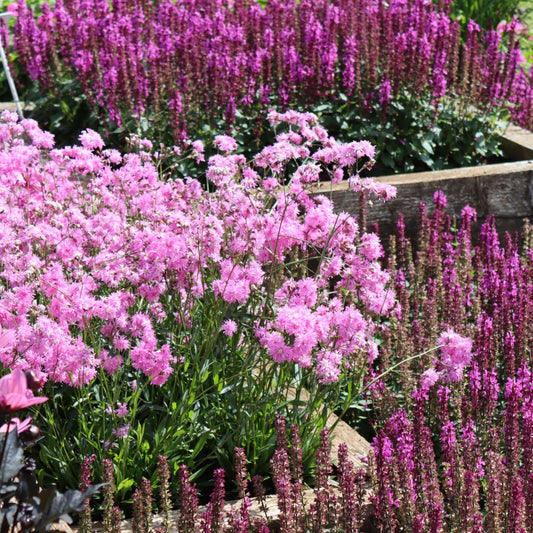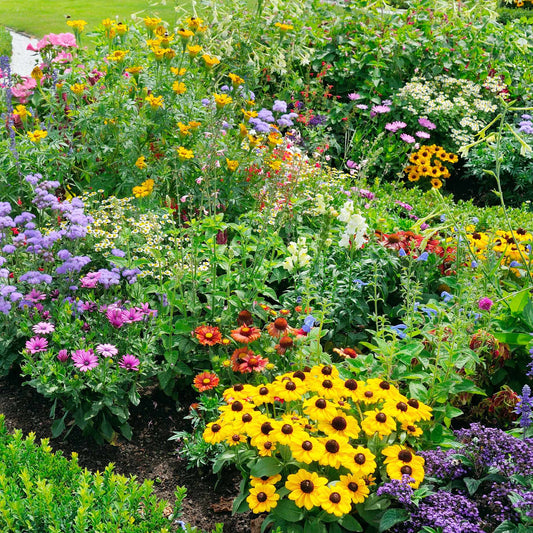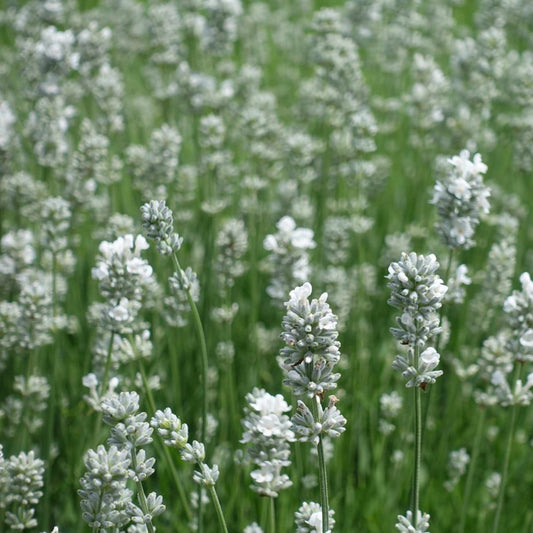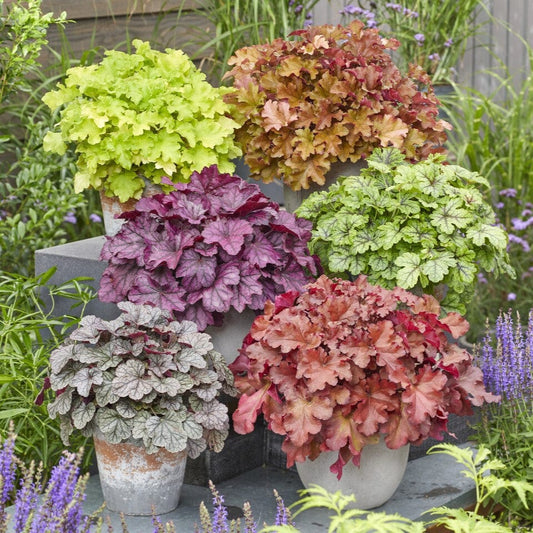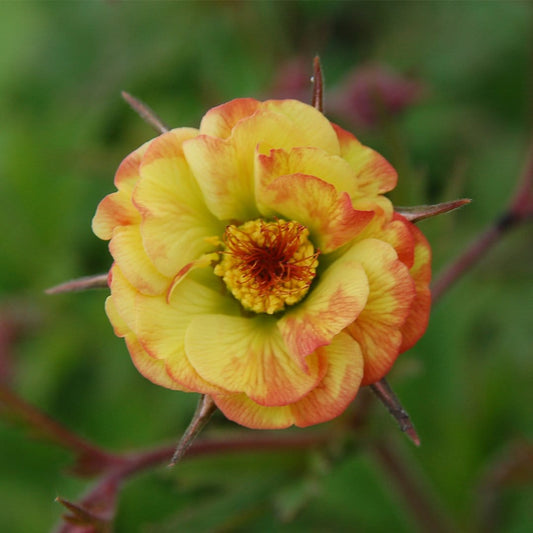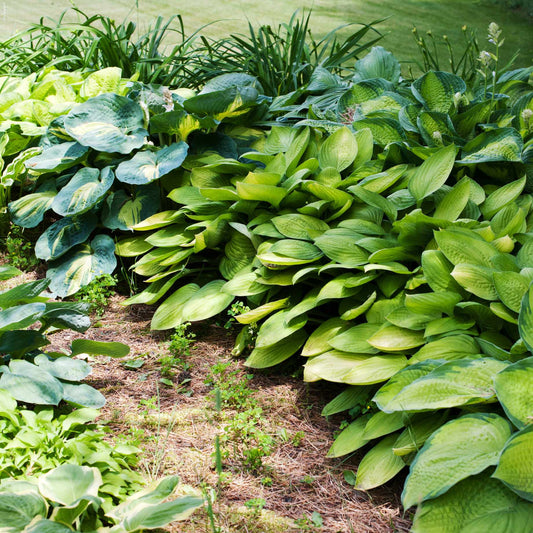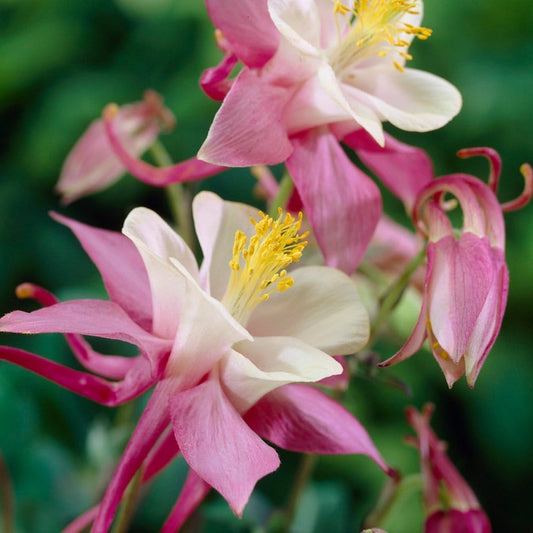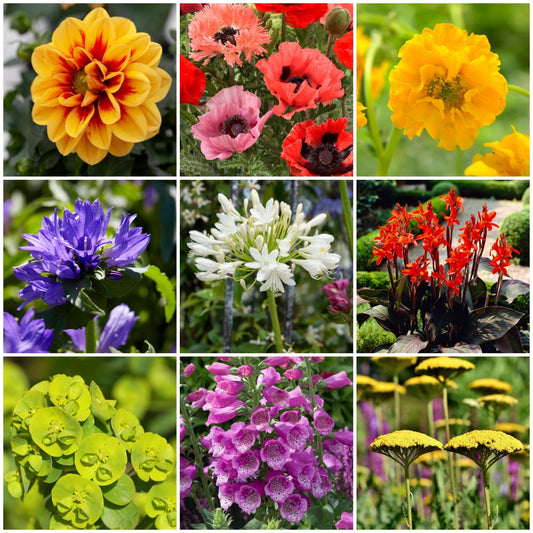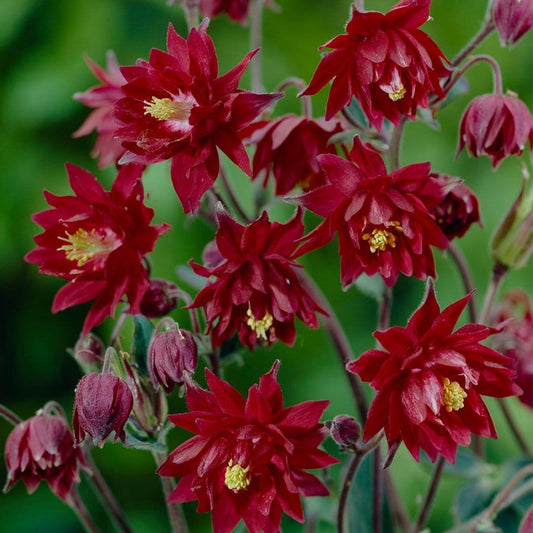Drought-Resistant Plants for UK Gardens
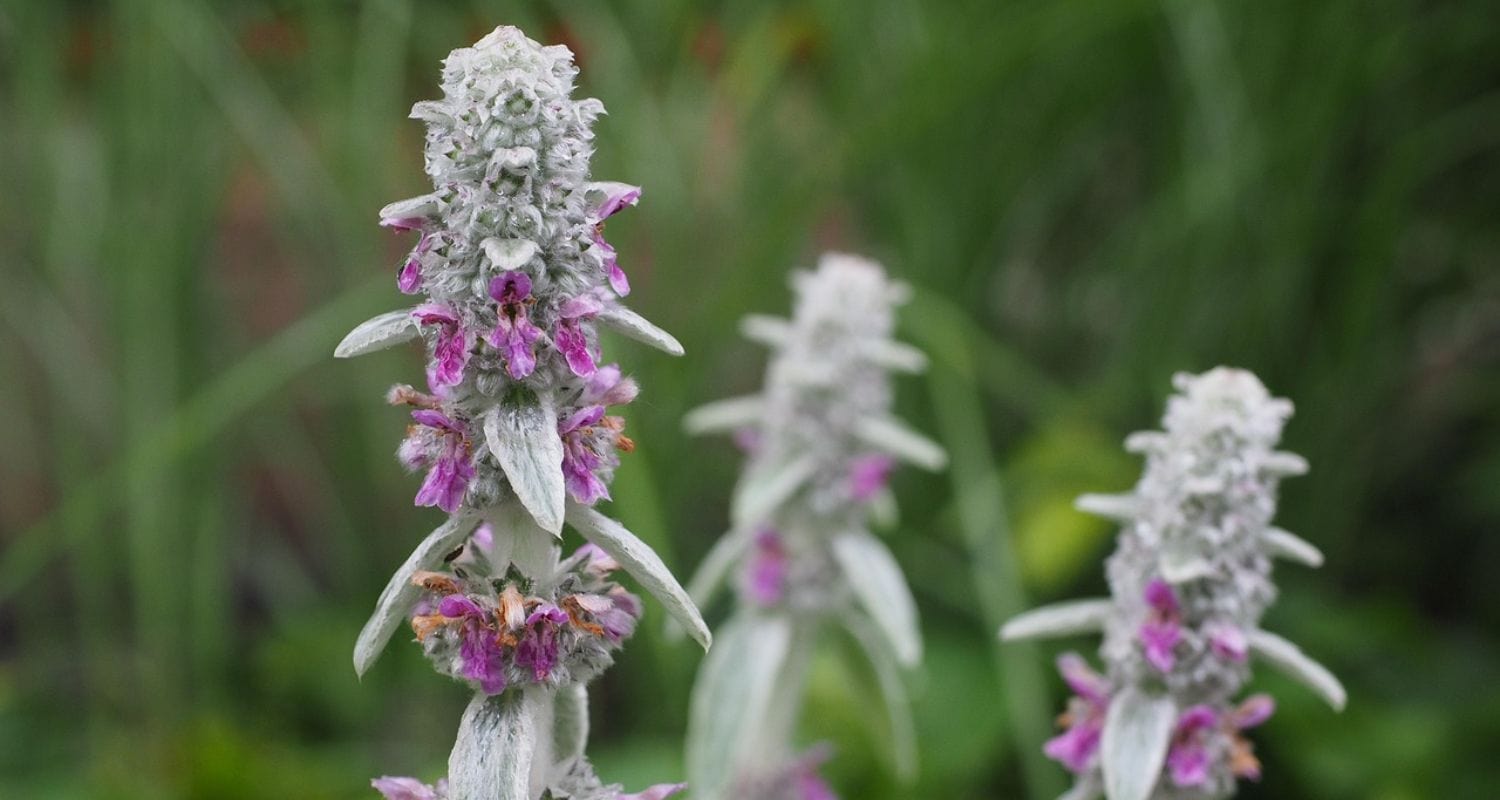
While we may associate good ol’ Blighty’s weather with rain, rain and more rain, the truth of the matter is that we’re actually seeing more and more dry spells. To cope with this, we can make more conscious planting choices, opting for plants that don’t mind a bit of dryness of a Tuesday morning.
In this post, we’ll be exploring what makes a plant drought-tolerant, why exactly they’ll become more important for British gardens in the near future, and plants we recommend you consider if you want to improve your garden’s drought-resistant capabilities.
Jump to:
- What makes a good drought-tolerant plant?
- Why will it become more important?
- Recommended drought-tolerant plants
What makes a good drought-tolerant plant?
Firstly, then, let’s consider what makes a plant drought-tolerant. Well, drought-tolerant plants have typically evolved to be so, their only way of surviving in the more arid climes from which they originate being to adapt to survive with less water.
That’s why the plants with the best drought-resistance are those like Mediterranean-native plants, which have to withstand very dry summers, as well as plants native to deserts that can tolerate year-round dryness. Plants that have evolved to thrive with little water are described as xerophytic.
Xerophytic adaptations
Common xerophytic adaptations include reduced leaf size to minimise transpiration, tiny hairs on the surface of leaves (which, again, reduces transpiration by means of breaking up air flow across the leaf surface), tap roots, waxy skin and succulent parts.
In the most extremely-adapted plants the features are clear to see – cacti, for instance, have tough waxy skin, spines instead of leaves (another way to reduce water loss) and succulent stems that can store water.
We can also look closer to home, however, at common garden staples to see some of these adaptations. Lavender plants, for instance, have small, narrow leaves and very fine hairs to reduce water loss, while lamb’s ear plants (Stachys) feature similarly downy leaves, again enabling them to retain more water.

Why will drought-tolerance be more important going forward?
We touched in the introduction upon how the need for drought-tolerant plants was going to increase over the coming years, and the reason for this is climate change. The general consensus is that climate change is going to lead to an increase in the number of extreme weather events, including droughts. Given that, sadly, global leaders have yet to truly get on top of the climate change problem, it’s likely that this increase in extreme weather is going to be the trend for at least the near future.

How to ensure your garden copes with future droughts
Water butt installation
Adding a rainwater butt to your garden is a great way to collect and use water in a way that’s less reliant on the mains public water supply, something that’s particularly important in periods when hosepipe bans are introduced.
Get on top of weeding
Besides their often unsightly appearance, garden weeds also have the annoying habit of competing with your plants for resources, of which water is one. So, if you want to maximise your garden’s efficiency when it comes to water utilisation, get rid of ‘em!
Infrequent but more thorough watering
Watering little and often can be beneficial for plants at various points in the year, helping keep their moisture levels topped up consistent. However, in drought conditions, less regular but heavier watering is recommended as this gives the water a better chance of permeating deeper into the soil.

Recommended drought-tolerant plants in the UK
So, now that you know the how and why behind drought tolerance, what are the plants you can purchase moving forward to bolster your garden’s ability to withstand drought stress? First up, perennials.
Perennials
Lavender is the big one for this category. A herbaceous perennial known for its heavenly fragrance, tactile foliage and attractive flower spikes, lavender plants have, as we alluded to above, evolved cleverly to tolerate drier conditions.
Alongside lavender, plants like eryngium are worth considering. These spiky, thistle-like plants add great architectural interest to a bed or border, as well as being able to live with dry weather spells. Also known as sea holly, these coastal customers don’t mind being covered with sea spray either.
For the foliage lovers out there, consider the scalloped leaves of heucheras. Now, as a shade-tolerant plant you might be surprised that it can also cope without water, however once established, coral bells (to use their common name) are remarkably resilient. Other plants to consider include euphorbias, agapanthuses and salvias.

Trees
If you want to add more verticality and a sense of scale to your garden – and if you have the space for one – then introducing a drought-tolerant tree is a good option. Honeylocusts like ‘Sunburst’, Callery pears, ginkgos, the Atlas cedar and Holm oak are all excellent trees, worthy of any garden.
Fruit trees tend to struggle a bit more with drought conditions, however there are a few species, namely figs, pomegranates and persimmons, that can cope with extended dry conditions once they’re well-established.

Mat-forming plants
For rock gardens and alternatives to grass lawns, mat-forming plants are a must. Low-growers like sedums, creeping thyme and certain artemisia varieties are well-suited to a bit of dry weather, and attract a wealth of beneficial wildlife, including butterflies, bees and birds.

Climbers
If you’ve got a wall, pergola or archway you want to cover, then climbers like campsis, trachelospermum (star jasmine) and lonicera (honeysuckle) can all cope well without too much water once established.

Final thoughts
Hopefully, it won’t be too long before world leaders get their butts in gear and start doing something meaningful about the climate crisis. Meanwhile, however, drought-proofing your garden as best you can isn’t a bad idea.
The plants we’ve mentioned above are some of our favourites, but are by no means the only drought-tolerant plants out there, so if nothing else, hopefully this post has shown you that a durable, resilient garden, climatically speaking, doesn’t have to be a boring one.
Last updated: 17/04/2025
